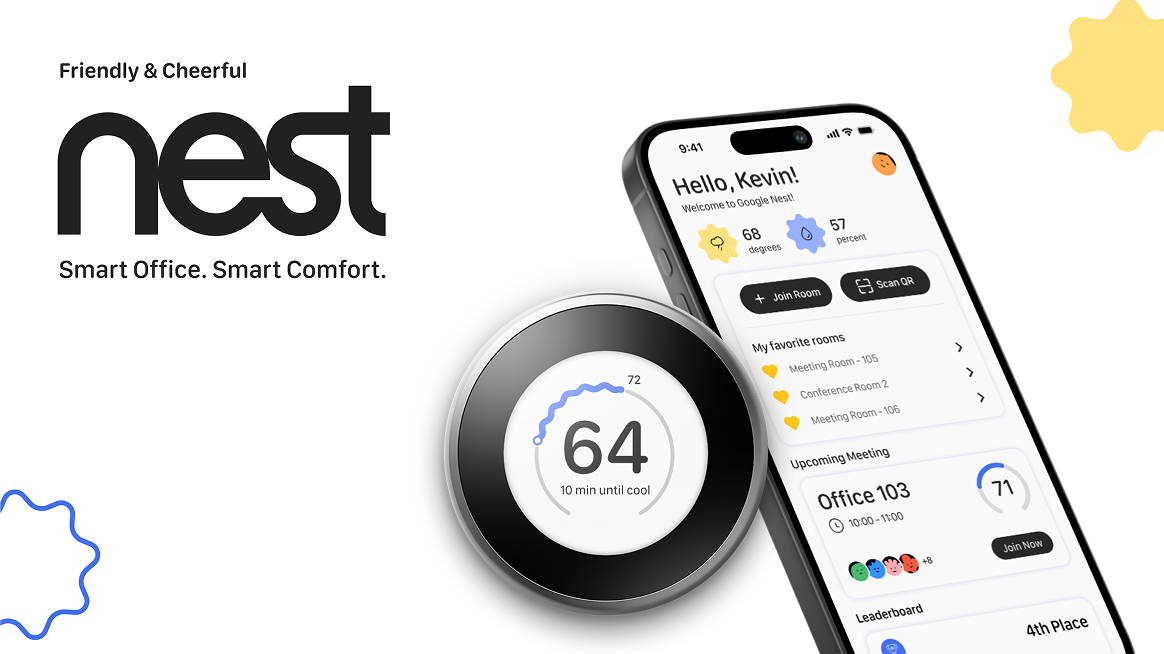





PROJECTS
- SONIX — Your Personal Space On Wheels Branding & User Experience
- 7WEST — Your All-In-One Student Ecosystem UX Design, Co-founder
- SeaLove Candle Bar Web Design
- Google Nest Thermostat for Office Space Branding & User Experience
- Rethinking the Self-Checkout Experience at Kroger Service Design
- Kohler x SCADpro — Future of Hydrotherapy UX Research & Design
ABOUT ME
Hello! I'm Keerthi, a UX Designer and Architect based in Savannah, GA. I thrive on crafting solutions that not only look beautiful but function seamlessly—ensuring that every interaction feels intuitive and meaningful.
Dive into my world of design, where strategy meets creativity, and each project tells a story of innovation and impact.
.png)
.png)
.png)
.png)
.png)
.png)
.png)
.png)
.png)
.png)
.png)
.png)
.png)
.png)
.png)
.png)